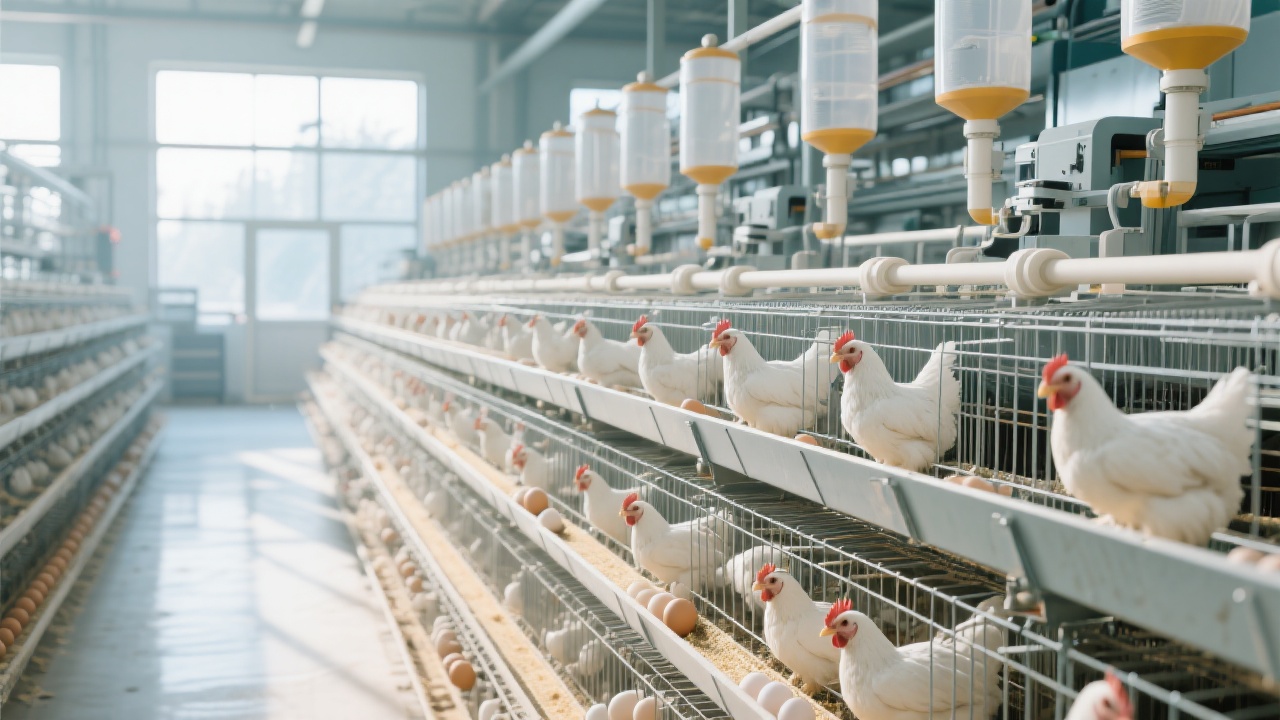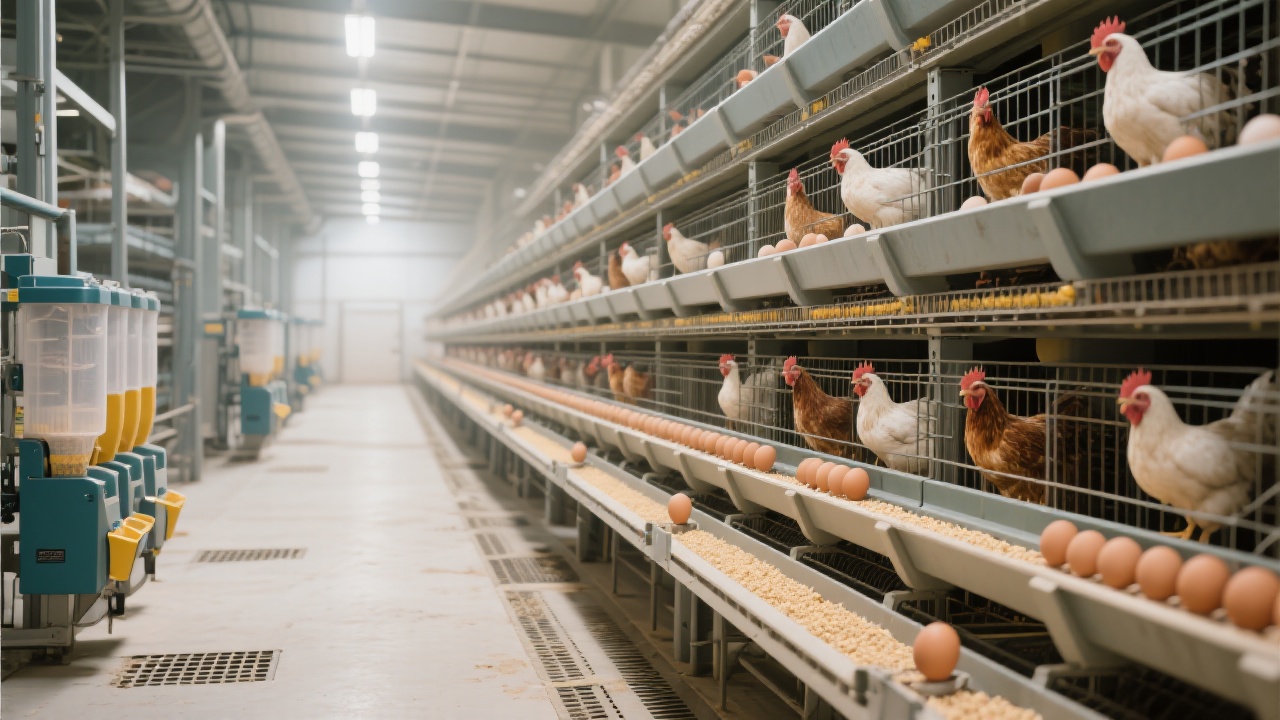
In the poultry farming industry, maintaining stable temperature and humidity in laying hen houses is crucial for the health of hens and egg production. High - temperature and high - humidity environments can lead to a series of problems. For example, in a poorly ventilated laying hen house, the mortality rate of hens may increase by 15% to 20%, and the egg production rate may drop by about 10% to 15%.

When the ventilation in a laying hen house is inadequate, several issues arise. One of the most common problems is the formation of airflow dead zones. These areas have stagnant air, which can cause a significant increase in ammonia concentration. In some cases, the ammonia level in airflow dead zones can reach up to 20 ppm, while the normal and healthy level should be below 10 ppm. High ammonia levels can irritate the respiratory tracts of hens, leading to respiratory diseases and reduced egg quality.
The ventilation system in a laying hen house combines natural wind pressure and mechanical ventilation. Natural wind pressure can bring fresh air into the house, but it is often insufficient, especially in high - temperature and high - humidity seasons. Mechanical ventilation, such as using exhaust fans, helps to enhance air circulation. The working principle is similar to how a vacuum cleaner sucks in air. When the exhaust fans are running, they create a negative pressure inside the house, pulling out the stale air and allowing fresh air to enter.

To optimize ventilation and maintain stable temperature and humidity, several effective solutions can be adopted. First, adjusting the cage spacing is essential. By increasing the distance between cages, the airflow inside the house can be significantly improved. For example, in a house using the Zhengzhou Livi Machinery's H - type layer cages, adjusting the cage spacing from 30 cm to 40 cm can increase the air circulation rate by about 20%.
Second, the scientific installation of exhaust fans is also crucial. The number and position of exhaust fans should be determined according to the size and layout of the hen house. Generally, for a hen house with an area of 100 square meters, 3 to 4 exhaust fans with appropriate power are recommended.
Third, the application of intelligent sensors for real - time air quality monitoring is a modern and efficient approach. These sensors can detect parameters such as temperature, humidity, and ammonia concentration. Once the parameters exceed the set thresholds, an alarm will be triggered, allowing farmers to take timely measures. For instance, in a real - world case, a farm installed intelligent sensors and reduced the incidence of hen diseases by 18% within three months.
Let's take a look at a real - life example. A laying hen farm in a hot and humid area had problems with high mortality and low egg production due to poor ventilation. After adopting the above - mentioned solutions, including adjusting the cage spacing of Zhengzhou Livi Machinery's H - type layer cages, installing exhaust fans, and using intelligent sensors, the situation improved significantly. The mortality rate of hens decreased from 18% to 5% within six months, and the egg production rate increased by 12%.

In conclusion, maintaining stable temperature and humidity in a laying hen house is achievable through proper ventilation optimization. The H - type layer cages from Zhengzhou Livi Machinery have significant advantages in this regard, with their unique structure facilitating better air circulation. If you want to learn more about how to optimize the ventilation and temperature - humidity control in your laying hen house, please contact our technical support team. We are more than happy to share our experience and provide you with customized solutions. Do you have any similar problems in your poultry farm? Leave a message below and share your story!

